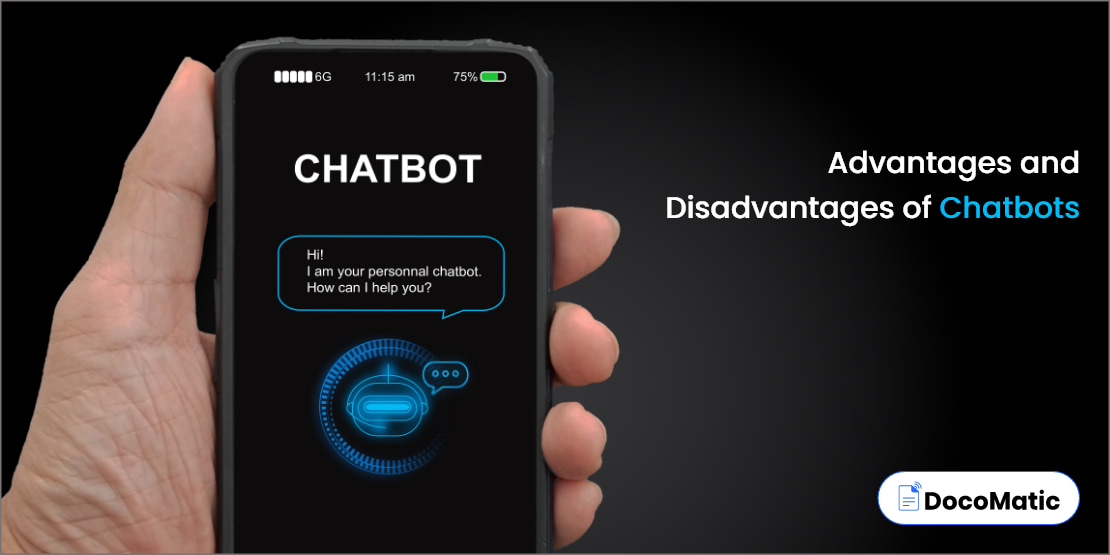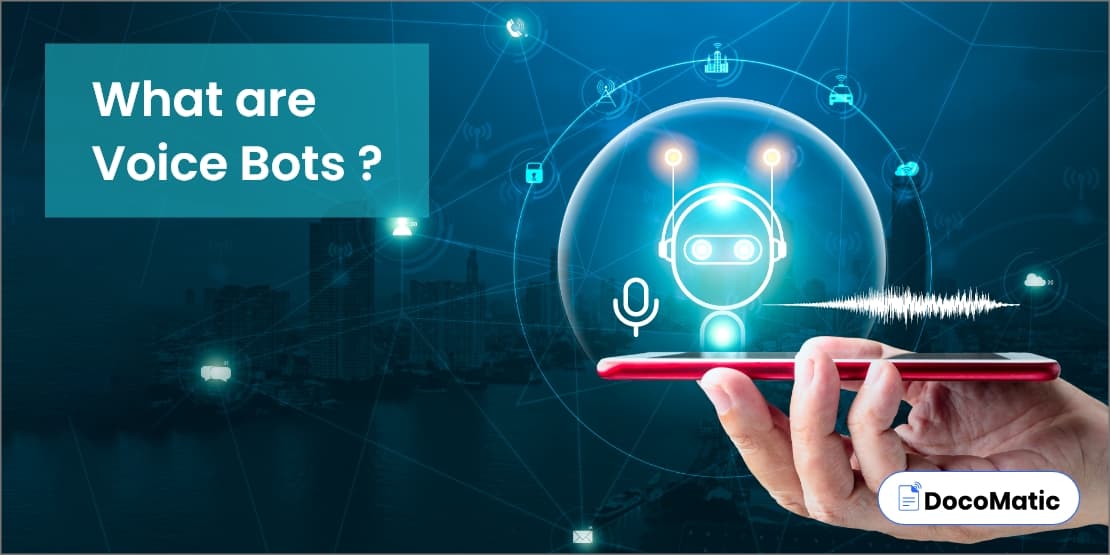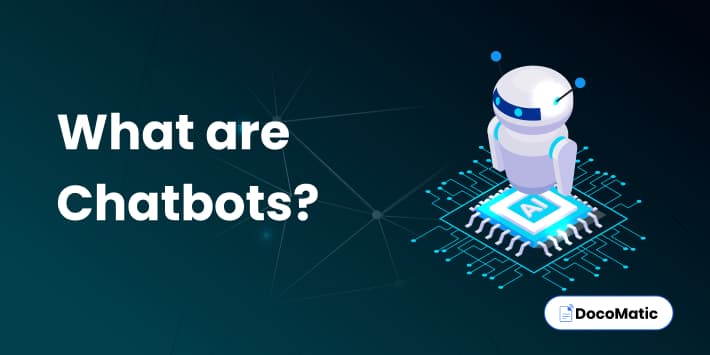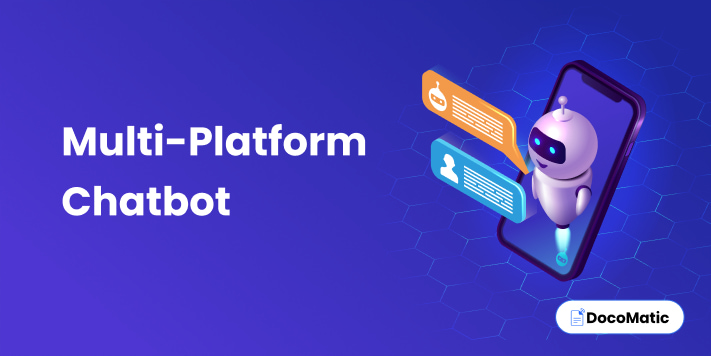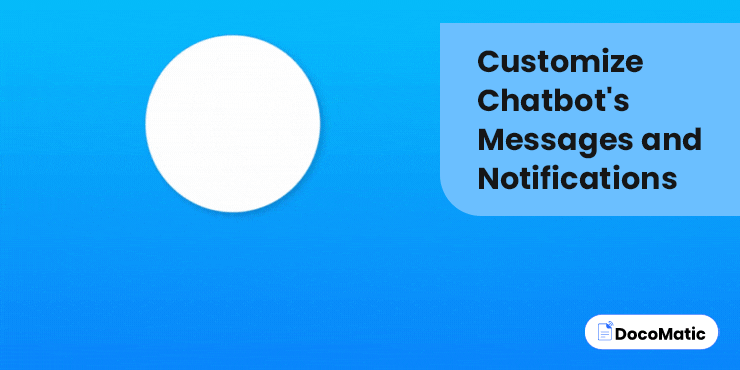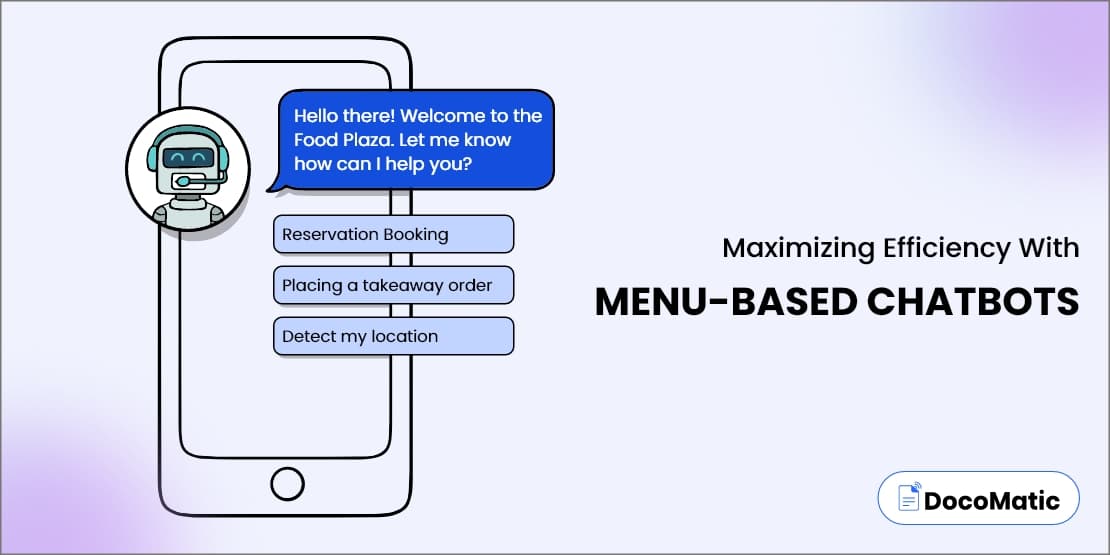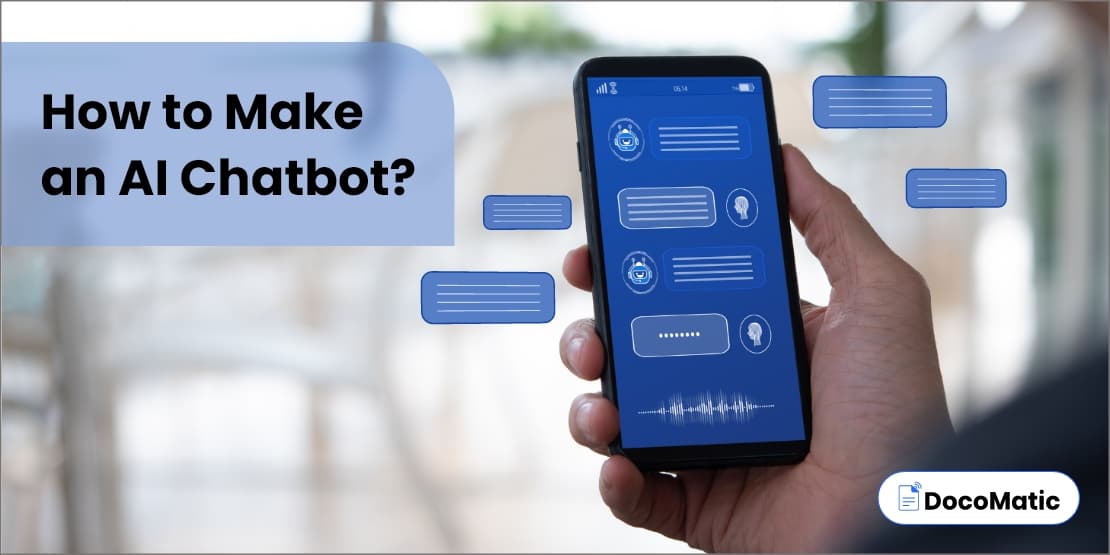With the rise of digital channels and the increasing demand for instant gratification, chatbots have become a critical tool for businesses looking to meet customer expectations. Chatbots can help organizations strengthen relationships with customers and enhance customer loyalty by delivering 24/7 service, customized interactions, and faster customer service.
Also, chatbots can help organizations of any size save money by reducing the need for human employees, processing a high volume of customer inquiries, and operating at a cheaper cost overall.
In this blog post, we’ll explore the advantages and disadvantages of chatbots, how they work, the types of chatbots, and examples of chatbot applications.
Table of Content
How Chatbots Work
Explanation of chatbot architecture
Natural language processing (NLP), machine learning capabilities (ML), and artificial intelligence (AI) are all used in the creation of chatbots. Chatbots are programmed to simulate human being like conversations with users in order to deliver information, give suggestions, and process transactions.
The chatbot architecture includes three main components: input, processing, and output. The input component takes in questions from the user, either typed or spoken. The processing section analyzes requests from users and returns relevant answers. The responses are delivered to the user via the output component, which can do so via text, audio, or visual information.
Types of chatbots
There are four main types of chatbots:
1. Rule-Based chatbots
Rule-based chatbots are programmed to obey a set of established rules to respond to user inputs. They are usually used for straightforward interactions that help to answer customer queries or give basic information.
2. AI-Powered chatbots
By the use of algorithms and data analysis, these AI chatbots are intended to learn and get better over time by delivering a great customer experience. Natural language interpretation skills enable them to provide more precise, individualized, and immediate responses.
3. Hybrid chatbots
Hybrid chatbots are a combination of both rule-based and AI-powered chatbot technologies that provide a more comprehensive and flexible customer service experience.
4. Voice-Activated Chatbots
Mainly, voice-activated chatbots are developed to respond to voice instructions and provide voice-based responses. They are widely employed as voice assistants or virtual assistants.
Examples of chatbot applications in different industries
Chatbots are used in a variety of applications across industries, including:
1. Customer service: GPT-enabled Customer Support Chatbots provide 24/7 support to customers, handling a large volume of customer inquiries and reducing wait times.
2. Travel: Travel and tourism chatbots assist with travel bookings, provide information on travel destinations, and assist with customized itinerary planning.
3. E-commerce: Chatbots can help customers find products, provide personalized recommendations, and complete transactions.
4. Banking: Banking chatbots can assist customers with account inquiries, provide transaction information, and complete financial transactions.
5. Healthcare: Chatbots for healthcare can provide basic medical information and assist with appointment scheduling.
5 Advantages of Chatbots
1. Improved customer service
One of the main advantages of AI chatbots is to offer clients service around-the-clock. They are capable to answer customer queries instantly, offering quick responses, and shortening wait times by automating customer service.
Customers are more likely to do business with organizations that offer prompt and effective help, which can increase customer satisfaction and loyalty.
2. Increased efficiency and cost savings
Businesses can use artificial intelligence chatbots to handle a high volume of inquiries, cut costs, and minimize manpower requirements. This is so that actual human agents may concentrate on more difficult or important activities as chatbots can undertake repetitive and mundane chores.Also, since AI chatbots are available 24/7, businesses won’t need to recruit additional staff to provide after-hours help.
Also, since chatbots are available 24/7, businesses won’t need to recruit additional staff to provide after-hours help.
3. Greater lead generation and sales
By interacting in real-time with potential customers, chatbots can also be utilized to create leads and increase sales. Chatbots can aid customers in making informed decisions regarding their purchases and boost sales conversion rates by offering customized recommendations and product information.
In order to further increase sales potential, chatbots can also be designed to actively contact clients with relevant offers or promotions.
4. Enhanced user experience
Chatbots offer a more convenient and personalized user experience by customizing their responses for each user. By using data and analytics to understand customer preferences and behaviors, chatbots can provide more relevant and targeted support, increasing customer satisfaction and loyalty.
5. Scalability and flexibility
To fulfill the unique demands of organizations, chatbots are readily scaled and adapted. Chatbots can be upgraded and adjusted to provide satisfied service and great customer experience as user demands and preferences evolve.
Chatbots are a flexible tool for businesses of all sizes and industries since they can be linked with several platforms and systems.
5 Disadvantages of Chatbots
Along with many advantages, chatbots have a few disadvantages too. Some of them are:
1. Lack of personalization
The lack of personalization is one of the key disadvantages of chatbots. While chatbots can respond to client inquiries quickly and effectively, they might need to offer a different level of individualized care than a human agent. Generic or irrelevant responses may irritate or dissatisfy customers.
2. Limited ability to handle complex requests
Chatbots are made to answer customer queries. However, they generate limited responses. They could find it difficult to handle more difficult or subtle questions that call for human expertise. Consumers could grow angry if chatbots can’t adequately respond to their questions or solve their problems.
3. Technical limitations
Because chatbots are technology-powered, there are certain technical restrictions that apply to them. They might encounter bugs, mistakes, or outages, which could lower the level of service. Furthermore, chatbots could find it challenging to comprehend or translate accents, dialects, or languages that are not included in their programming.
4. Lack of emotional intelligence
The absence of emotional intelligence in chatbots is another drawback. Customer service encounters may suffer because chatbots are unable to recognize or react to human emotions. If chatbots are unable to respond emotionally, customers may feel ignored or insulted.
5. Potential security risks
Finally, improperly secured chatbots could provide serious security problems. Hackers could be able to listen in on chatbot discussions and extract private client data. Moreover, chatbots could be the target of hostile attacks or con games, which could be detrimental to the client and the business model.
FAQs
Many operations, like booking reservations, arranging appointments, and even placing food orders, can be automated with chatbots. Businesses may save time and money while enhancing the customer experience by utilizing chatbots for these tasks.
AI developments are anticipated to make chatbots much more advanced and able to handle more difficult questions. Future chatbots gather deep customer insights that may help to have more in-depth conversations, comprehend more complex language, and provide clients with even more personalized experiences.
By giving staff members quick and simple access to information, promoting teamwork, and even automating some administrative tasks like meeting scheduling or reminders, chatbots can be used to enhance internal communication within a company.
Final Words
Chatbots have become an increasingly popular tool for businesses to provide quick and efficient customer service. They offer many advantages, including 24/7 availability, cost savings, and increased customer engagement.
However, as with any technology, chatbots also come with their own set of disadvantages, including lack of personalization, limited ability to handle complex inquiries, technical limitations, lack of emotional intelligence, and potential security risks.
As technology continues to evolve, chatbots are likely to become even more sophisticated and capable of handling more complex inquiries. However, it’s important to remember that they are still a tool and not a replacement for human interaction. By leveraging chatbot technology while also prioritizing human engagement and personalization, businesses can create a customer service experience that meets the needs of all their customers.
